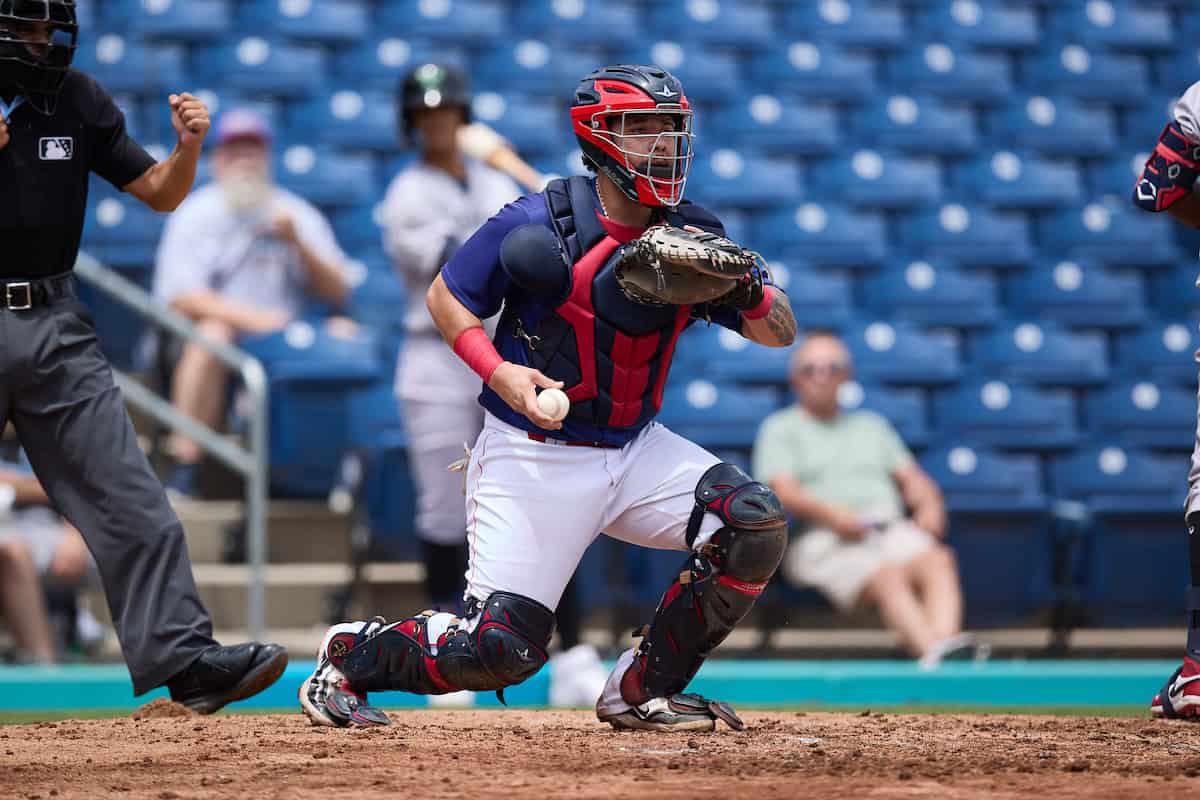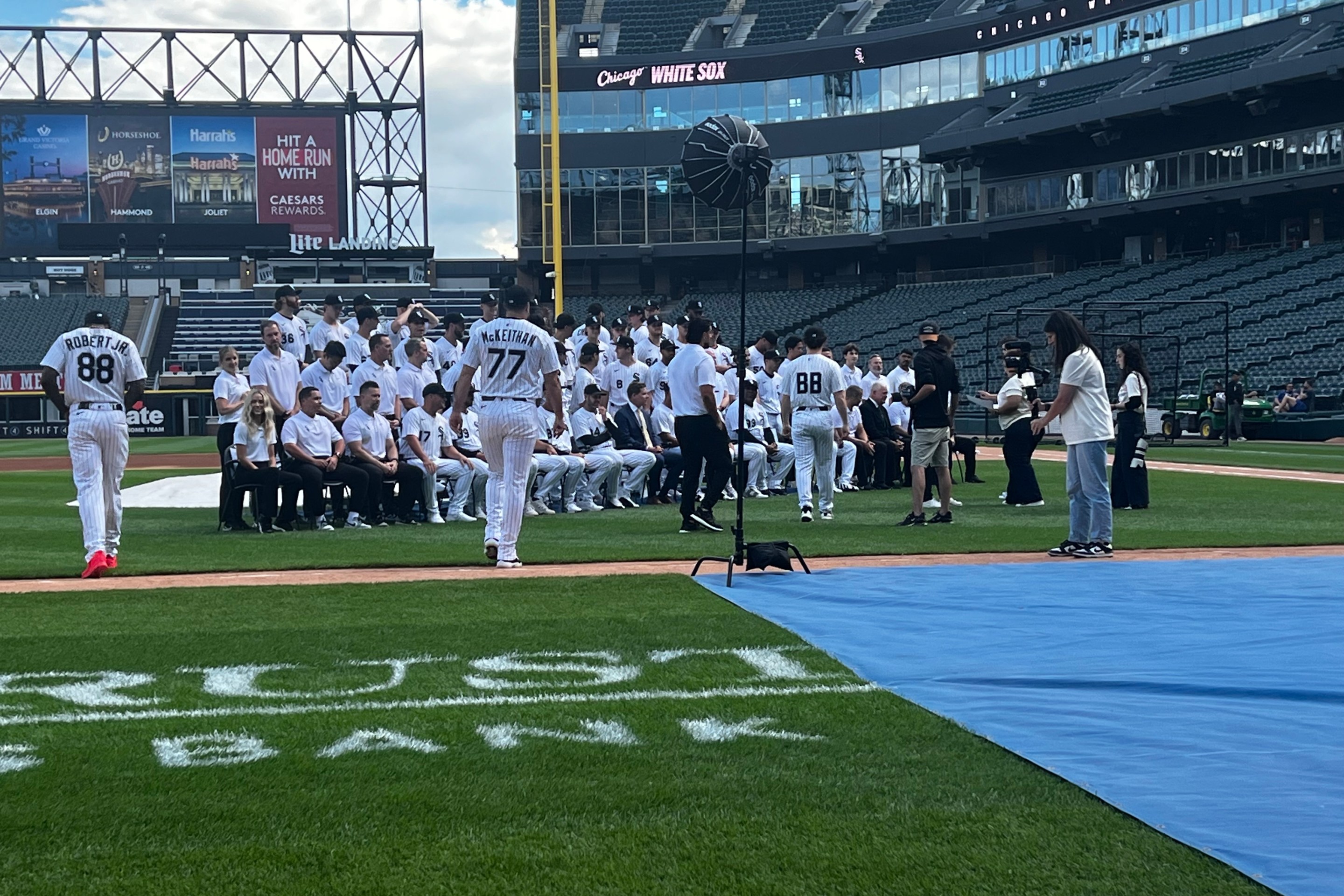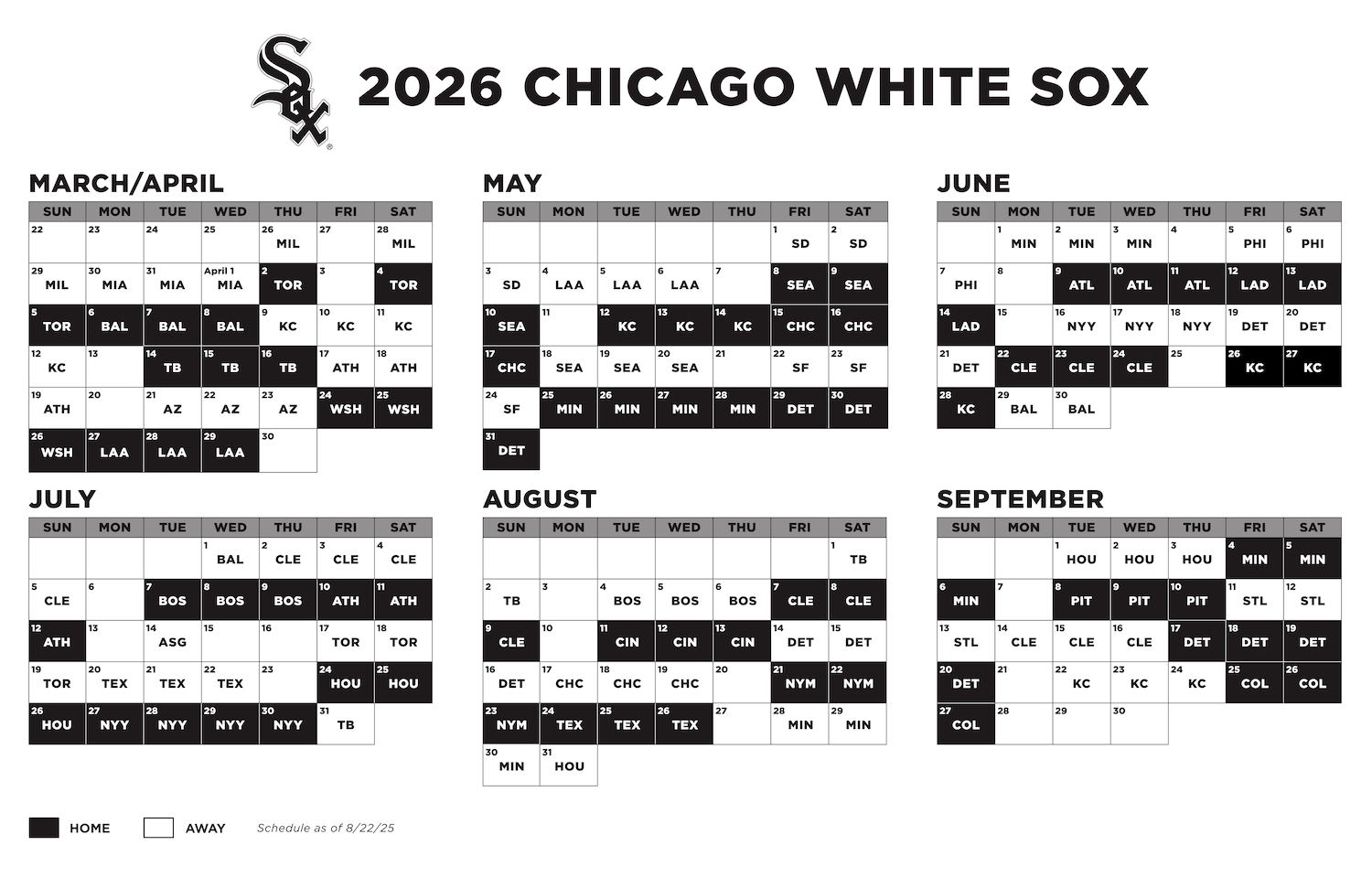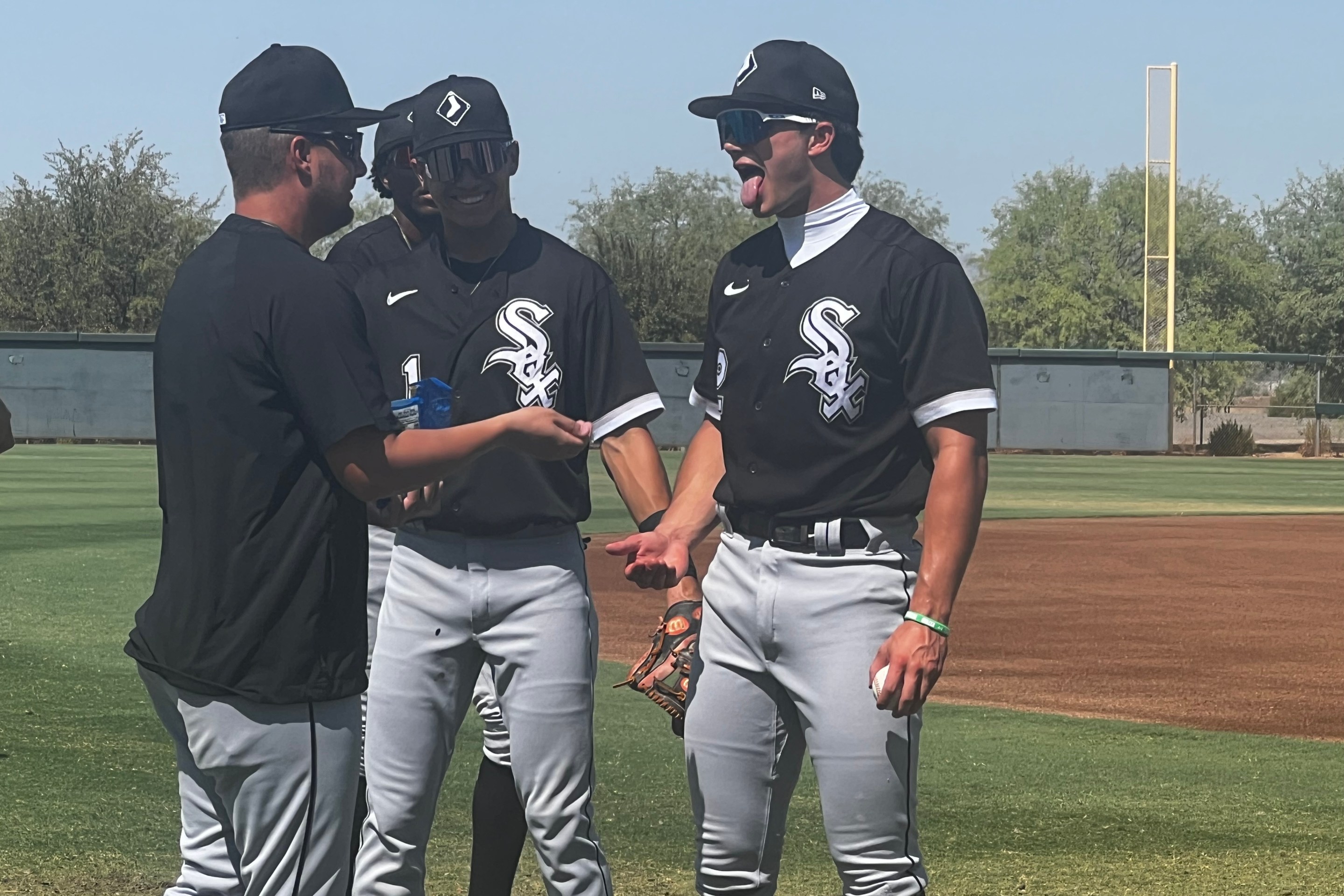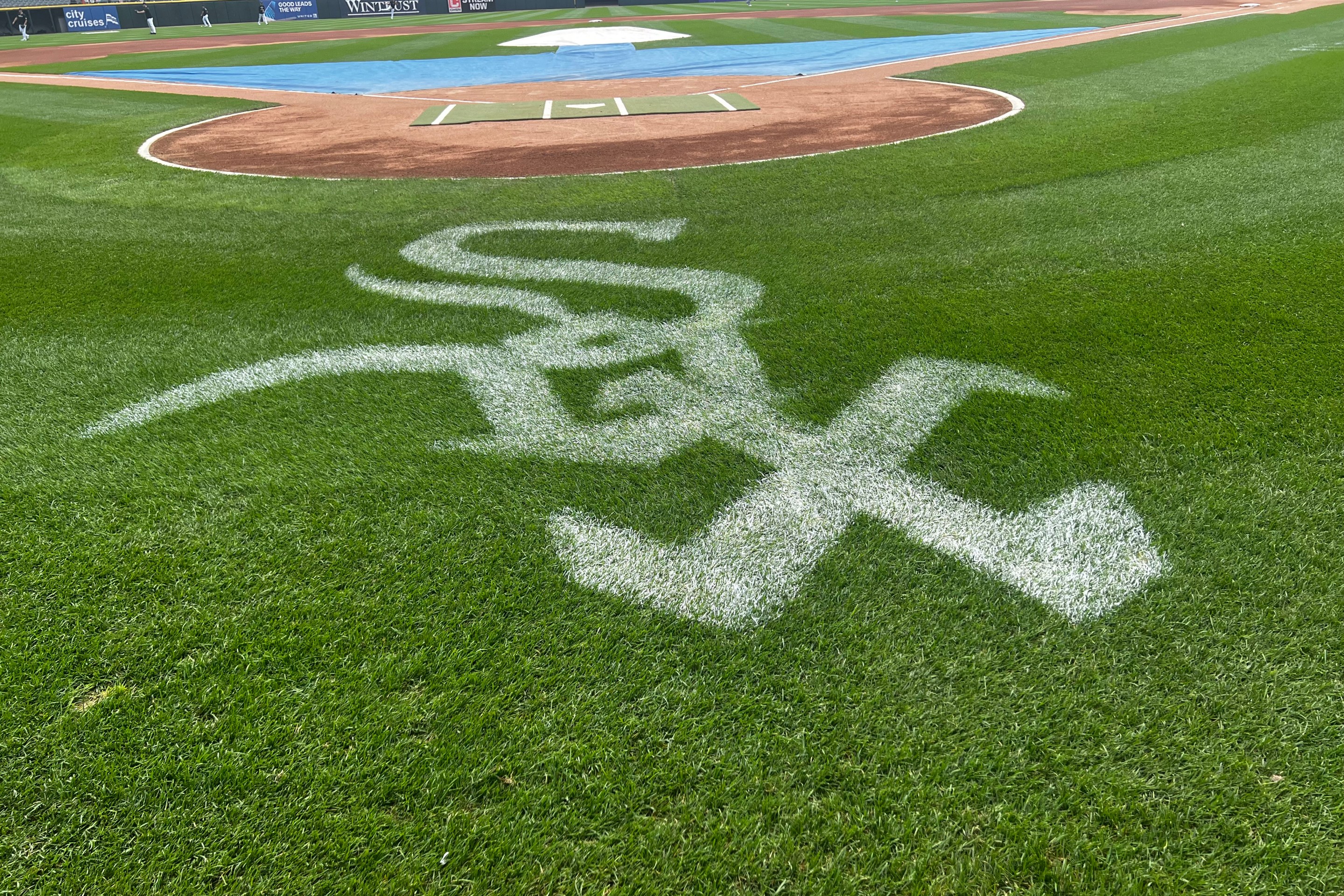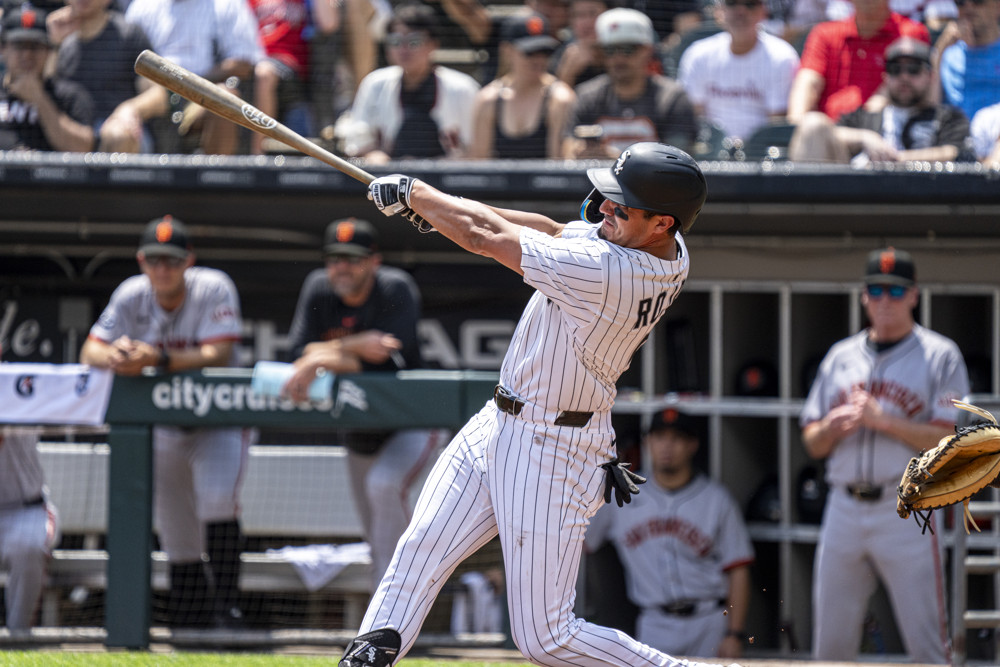It hasn't been an easy last 18 months for following Ryan Burrowes from afar.
His chase rates exploded upon arriving stateside last season without a tradeoff for hard contact, and the newly 20-year-old Panamanian is ostensibly performing worse this year at Low-A Kannapolis. A broken hand from a hit-by-pitch in spring training was the first of two IL stints of a season that has seen his strikeout rate sail over 30 percent, and a .216/.299/.267 batting line doesn't betray a carrying offensive trait.
Watching Burrowes in person is a more compelling experience.
Low-A baseball is a mix of players getting by at the level in a manner that has no major league analogues, and players who look the part but haven't yet performed. Burrowes is clearly in the latter camp, quick and fluid in everything he does out of a Tim Anderson-like build. Newly acquired Jeral Perez is more highly rated and probably more important prospect to the organization at this point, but it doesn't take a full day of watching Burrowes' athleticism to understand why the former Dodger prospect is mostly relegated to second base in Kannapolis.
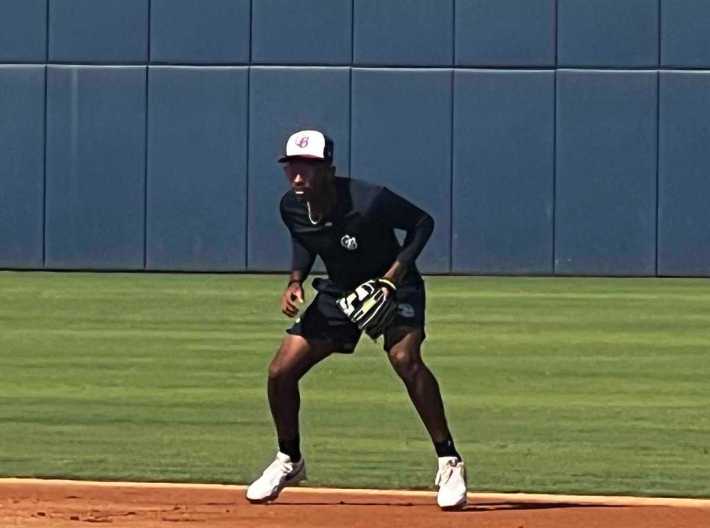
Holding down the shortstop position earns some patience for the offense to come around, and Burrowes deserves a bit more because he's spent much of the season installing some substantial mechanical tweaks with Cannon Ballers hitting coach Charlie Romero. At the risk of throwing out another visual comparison to a major leaguer that is too distracting to be informative, Burrowes has shifted from holding his hands high near his head, to a pre-pitch setup that looks more like Ronald Acuña Jr., and his wrists are already on plane with the baseball once his motion begins.
"It's preventing me from getting my hands way too far out of my stance and opening with my front shoulder, it's more compact," said Burrowes, who sought to shorten his bat path in response to increased velocity. "I don't have to supply the power to hit the ball harder. Pitchers supply the power and I just have to hit it in a good spot. I lowered my hands to be quicker to the ball and not be late on every pitch. And I think having my hands lower here gets me in a good launch position."
Not being able to square up velocity despite having the quick-twitch necessary to flaunt high-end bat speed has been the curiosity of Burrowes' profile. This is aimed at addressing it, and he initially responded with a .311/.367/.444 line in 13 games in July that included his only home run, before another curious slump took hold. But while some in the organization are hesitant to tie mechanics to swing decisions, Burrowes also feels less rushed to get his hands to the contact point, and thus better positioned to shut down his swing if he recognizes something he doesn't like. His game needs a leap forward in swing decisions, and he sounds confident this could be a catalyst for it.
And despite his speed providing a built-in reward for contact of any stripe, Burrowes' use of the term "launch position," is intentional. He wants to drive the baseball in the air.
"If I'm going to miss, I'm going to try to miss up, because a ground ball is always an out," said Burrowes.
The absolute earliest origins of 19-year-old Ronny Hernandez becoming a catcher in his native Venezuela do not sound like the most profound bit of scouting.
"In the academy in Venezuela, I was an infielder, but I got into the academy and they say, 'You're a little bit fat, gordito' and they put me as a catcher," Hernandez, laughing at this memory. "What I like as a catcher, bro, the energy. The energy you get in the moment. We need to have concentration. I like that. I like to be focused for all of the game."
As Cannon Ballers play-by-play man Dan Helotie noted several times over the weekend, Hernandez is one of just three teenagers in minor league baseball with more walks (53 in 367 plate appearances) than strikeouts (49). The swing decision and contact profile at such a young age would make Hernandez and his .269/.381/.331 batting line intriguing on its own, with Kannapolis manager Patrick Leyland opining that such a good early feel for squaring up baseballs will allow Hernandez to develop more power (one home run in 86 games) down the road.
There's even more patience for that to develop if Hernandez can stick behind the plate, where he's been working about three times per week, and will be splitting time with recent draftee Jackson Appel down the stretch. A 19-year-old catcher in Low-A feels like the product of MLB eliminating short-season leagues, but Leyland made it clear that Hernandez has earned his assignment on merit.
"Ronny Hernandez deserves to be here and he's capable of being here," Leyland said. "Offensively he's very exciting and there's a lot of things he does very, very well. But to Ronnie's credit he's worked incredibly hard on the defensive side of things, the game calling, the receiving, everything that goes into that, the game-planning, he's been impressive. It's not been too much for him. Certainly there's a curve there earlier in the year, but as the season's wore on he's gotten more and more comfortable."
Lyle Miller-Green was a two-way player for most of his college career, starting once per week, but the 17th-round pick with a wild backstory seems like he'll be as interested to see what the White Sox have in mind for him off the mound as the rest of us.
"When they first called my name as a two-way player I was like, 'Let's go, let's do it,'" Miller-Green said. "Most teams I talked to were like, 'Are you OK with giving up pitching and just focusing on hitting?' and I was like sure, I'll do whatever you want to have a successful team. But I'm definitely open to the idea of pitching again, showing what I can do off the mound."
Standing a towering 6'5" with elite maximum exit velocities, only in Kannapolis alongside George Wolkow is where Miller-Green isn't the main attraction in batting practice. But it bears watching if the Sox have a means of untapping that power on the mound, where the soon-to-be 24-year-old describes himself as more of yeoman innings-eater.
"I haven't pitched in about three months so we'll find out [this] week in my bullpen," Miller-Green said when asked his pitching style. "But I've never really had a mid-to-upper-90s fastball. So, just trying to pitch to contact, get guys to chase, get them to hit ground balls. You know, just try to get hitters to get themselves out."
Offensively, Miller-Green is a bit between worlds. He described the different between college and professional pitching as "night and day," especially in terms of the velocity. While he's spent plenty of time in the Cape Cod League, Miller-Green readily admits he's still adjusting his timing for a wooden bat and is swinging a different weight stick than he did in college in an attempt to find his typical timing. It's something to consider when you watch him swing through 94 mph periodically during his first few weeks in pro ball.
That said, Miller-Green is older for the level, which speaks to how he's pieced together a very productive .235/.381/.441 line in 11 games while still transparently searching for feel and moving between first base and outfield corners. All his bouncing around to different schools as an amateur means he has very developed reasons for why he keeps his hands tightly coiled around his head in his setup (he wants to feel shorter and more connected to his body) or why he splits his front foot out wide in his stance (the soft step back toward his body makes him feel like he can stop his swing when needed).
"Trying to not be too coachable really, because I'm just not trying to change anything too drastically from going place to place," Miller-Green said for how he handled it.
Besides, for Miller-Green, the big mechanical breakthrough to access his top of scale power already happened. Slightly opening up the back foot in his stance freed him up to rotate from that same hip more aggressively, and 30 home runs in 56 games at Austin Peay later, he swears by the notion that tapping into that rotational athleticism has proven results.
With a couple of homers in pro ball already, 35 homers and 100 RBI combined between Austin Peay and Kannapolis is well within sight.
"I had a pretty good year, I'd say."
